When it comes to footwear, tennis shoes and running shoes are two popular options that often leave consumers in a quandary. Both types of footwear are designed with specific activities in mind, and understanding their differences is crucial for selecting the right pair for your needs. In this comprehensive guide, we’ll dive deep into the world of tennis shoes and running shoes, exploring their unique features, benefits, and use cases. Whether you’re a fitness enthusiast, a casual wearer, or a business owner seeking to stock the best footwear, we have something for everyone!
Understanding the Basics
What are Tennis Shoes?
Tennis shoes, also commonly known as court shoes, are specifically designed for tennis and other racquet sports. Their construction focuses on providing stability and support during lateral movements, which are essential in sports where quick direction changes are frequent.
- Features: A sturdy outsole for traction, a cushioned insole for comfort, and additional support on the sides.
- Best for: Tennis, pickleball, and similar sports requiring quick side-to-side movements.
What are Running Shoes?
Running shoes are designed primarily for forward motion. Their structure caters to the needs of runners, focusing on cushioning, support, and shock absorption. Various types address different running styles, such as neutral, stability, and motion control.
- Features: Lightweight materials, ample cushioning, and a flexible sole for ease of movement.
- Best for: Running, jogging, walking, and other forward-moving activities.
Key Differences Between Tennis Shoes and Running Shoes
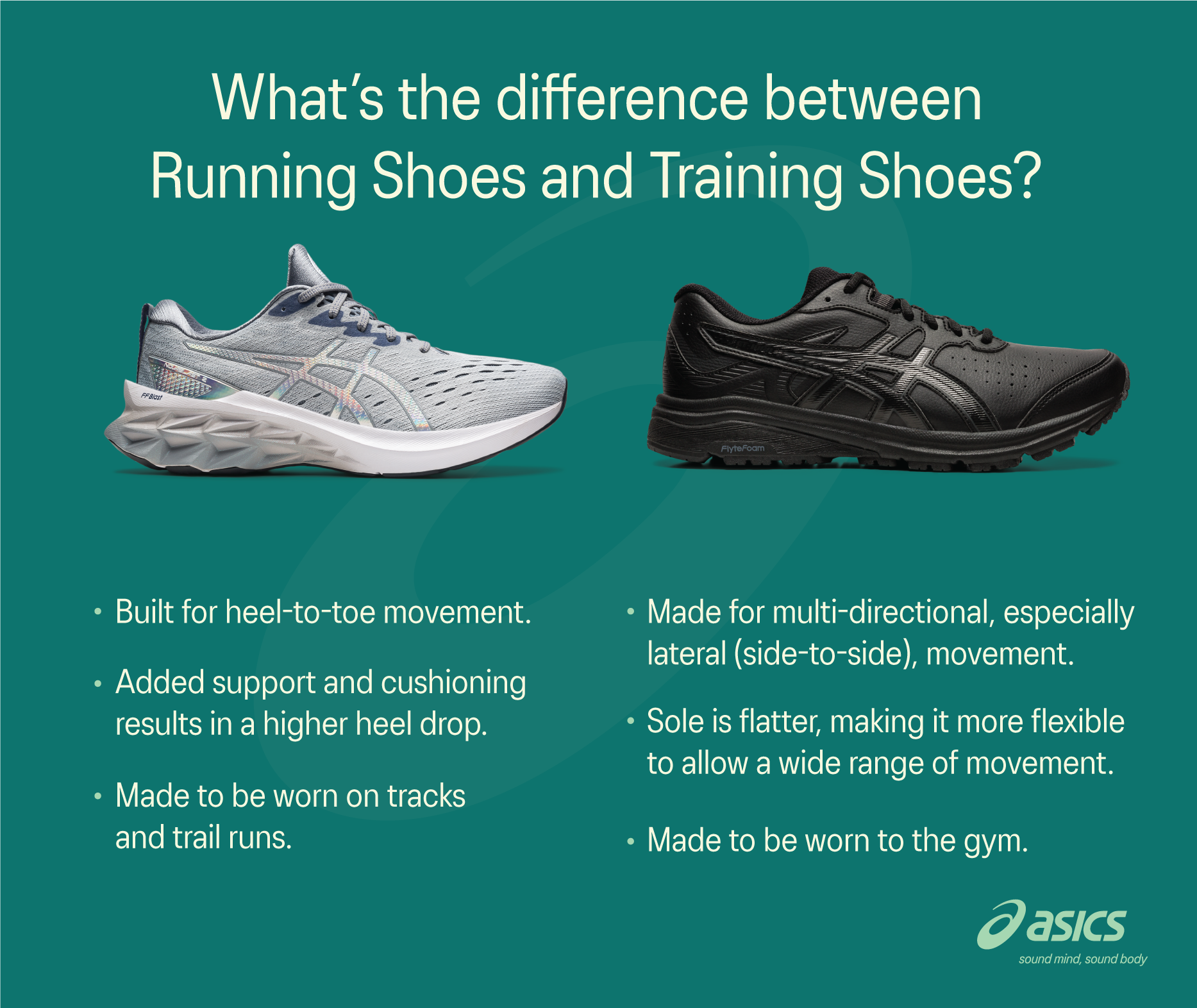
Design and Build Quality
The design and build quality of tennis shoes and running shoes vary significantly. Tennis shoes have a flat sole and a more robust upper construction to provide lateral support. In contrast, running shoes feature a cushioned, often slightly elevated sole designed to absorb impact during forward motion.
| Feature | Tennis Shoes | Running Shoes |
|---|---|---|
| Weight | Heavier due to extra support | Lighter for speed |
| Cushioning | Less cushioning | More cushioning |
| Stability | High stability for lateral movements | Moderate stability; designed for forward motion |
| Traction | Multi-directional grip | Primarily forward grip |

Comfort and Fit
Comfort is paramount when it comes to footwear, and both tennis and running shoes aim to provide it in different ways. Tennis shoes often fit more snugly, especially around the sides, to prevent slipping during side-to-side movements. In contrast, running shoes tend to have a more generous fit to allow for foot expansion during runs. It’s worth noting that comfort is subjective and can vary based on personal preferences and foot shape.
Price Range and Availability
When it comes to pricing, there can be a significant difference between tennis shoes and running shoes depending on brand, technology used in the shoe, and overall design. Generally, high-performance models for both categories can cost anywhere from $100 to $250. As an example, popular brands like Nike and Adidas offer premium models that feature advanced technologies aimed at enhancing performance.
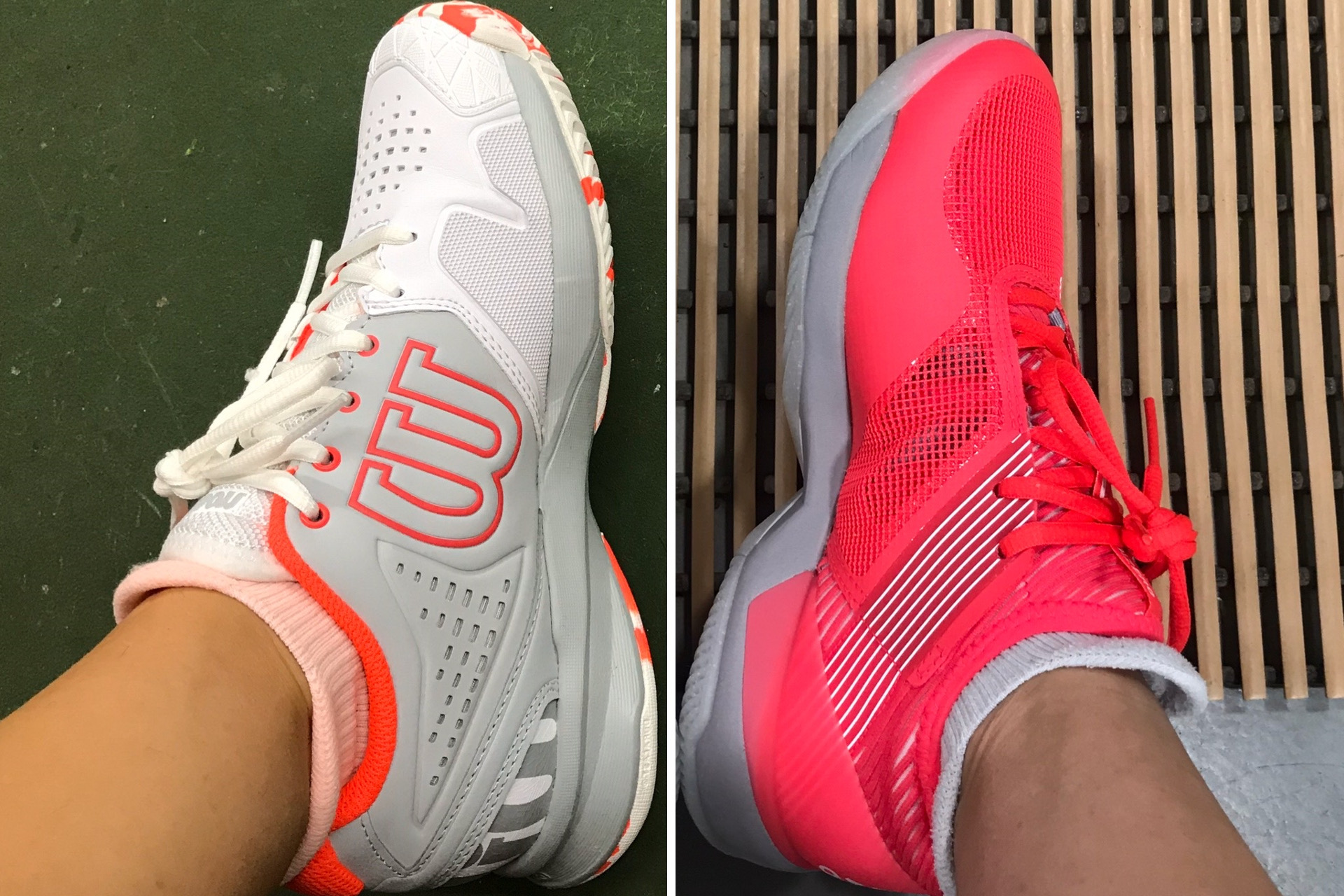
Real-World Footwear Experiences
Case Study 1: Julia’s Journey into Running
Julia, a 30-year-old marketing executive, decided to take up running to relieve stress and get fit. Initially, she purchased a pair of tennis shoes thinking they’d suffice for her new hobby. After a few weeks, she started experiencing discomfort in her knees and feet. Upon visiting a local shoe store specializing in running gear, she was advised to try on several types of running shoes. After testing various models, Julia found a pair that provided ample cushioning and support, transforming her running experience entirely. Now, she regularly participates in local 5Ks!
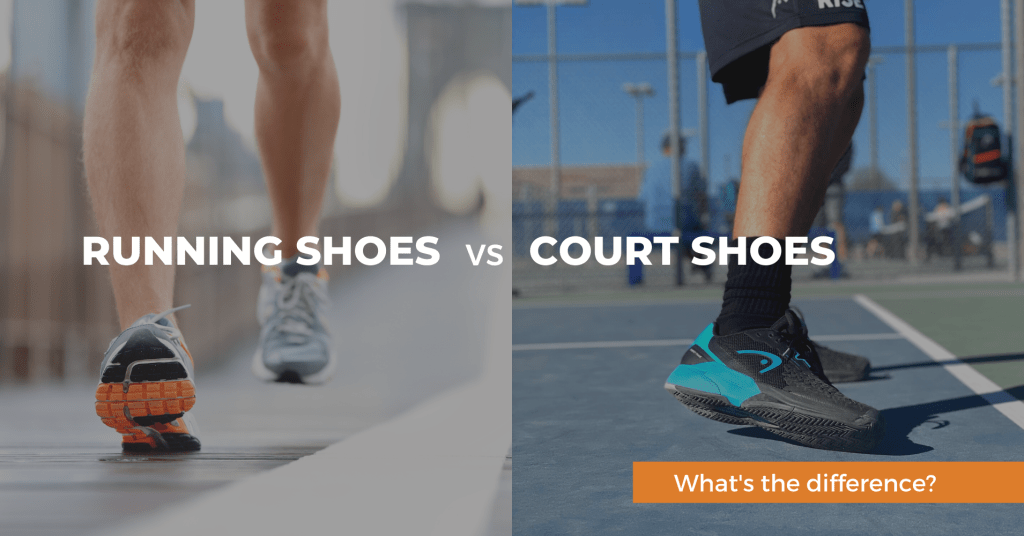
Case Study 2: Mike’s Tennis Tournament
Mike, an avid tennis player, was preparing for his local tournament. He had been using his old running shoes for matches, believing they were adequate for his needs. However, during practice, he noticed decreased agility and frequent slips on the court due to insufficient lateral grip. After speaking to a coach, he invested in a pair of high-quality tennis shoes designed specifically for court play. The difference was night and day; he felt more confident, agile, and ultimately improved his performance during matches.
Pros and Cons of Tennis Shoes and Running Shoes

Tennis Shoes
Pros
- Designed for lateral movement and support
- Durable and often made with robust materials
- Great grip and traction on court surfaces
Cons
- Heavier compared to running shoes
- Less cushioning may lead to discomfort in long-distance activities
Running Shoes
Pros
- Extensive cushioning and shock absorption
- Lightweight and designed for speed
- Available in various styles tailored for different types of runners
Cons
- Not suitable for lateral movements
- Can wear out faster when used on courts
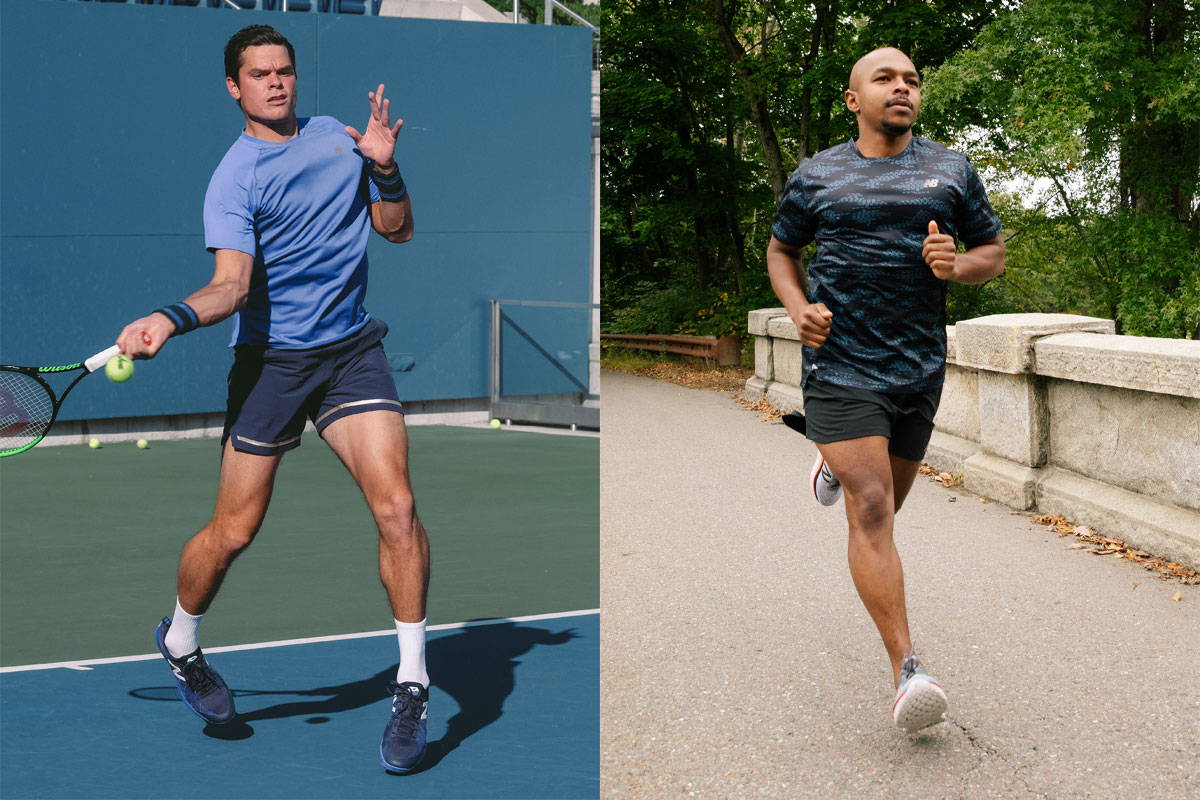
Tips for Choosing the Right Footwear
Understand Your Needs
The first step in choosing the right shoe is to understand your primary activity. Whether it’s for running or playing tennis will heavily influence your purchase. Clearly defining your use case can help narrow down options significantly.
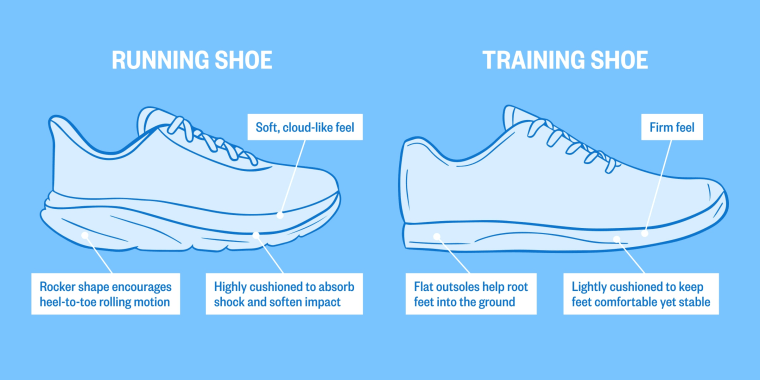
Get Fitted Properly
It’s crucial to get fitted at a professional store. Many well-established footwear retailers offer foot assessments to help determine your size, arch type, and gait analysis. This ensures that you choose shoes that will not only fit well but also support your foot’s natural movement.
Consider the Surface
Take into account the surfaces you’ll be playing or running on. Tennis shoes often vary based on whether you’ll be playing on hard courts, clay, or grass; running shoes frequently cater to road running versus trail running. Matching your shoe to the surface can greatly enhance your experience and performance.
Product Highlights
Top Tennis Shoes
- Nike Air Zoom Vapor X: Known for its lightweight construction and responsive cushioning, perfect for competitive play.
- Adidas Adizero Ubersonic: Offers a stylish design with excellent support and traction on the court.
Top Running Shoes
- Asics Gel-Kayano 28: Great for stability with ample cushioning, suitable for long-distance runners.
- Brooks Ghost 14: A favorite among neutral runners, known for comfort and versatility.
Frequently Asked Questions (FAQs)
1. Can I wear tennis shoes for running?
While you can wear tennis shoes for running, they are not designed for it and may lead to discomfort or injuries over time. Running shoes offer better cushioning and support for repetitive forward motion.
2. Is it necessary to have different shoes for different activities?
Yes, using activity-specific shoes can enhance your performance, reduce the risk of injury, and provide optimal comfort. Each shoe type is engineered to meet the demands of the activity.
3. How long should I expect my shoes to last?
Generally, running shoes should be replaced every 300-500 miles, while tennis shoes may last less depending on the surface and frequency of play. Inspecting for wear and tear regularly is crucial.
4. Do expensive shoes guarantee better quality?
Not necessarily. While higher-priced shoes may offer advanced technology and materials, comfort and fit are subjective. It’s essential to find what works best for you regardless of price.
5. Can I use running shoes for other workouts like gym sessions?
While running shoes can be suitable for gym workouts, they may not provide the lateral support required for activities like aerobics or certain strength training exercises. Choosing a cross-training shoe might be better.
6. What type of socks should I wear with tennis and running shoes?
Moisture-wicking socks are recommended for both types of shoes. They help keep your feet dry and comfortable, reducing the risk of blisters.
7. Are there special considerations for wide or narrow feet?
Most reputable brands offer various widths for their shoes. It’s essential to try on shoes or consult with retailers who cater to specific foot shapes.
8. Do tennis shoes have a break-in period?
Yes, tennis shoes may require a break-in period, especially if they are constructed with sturdier materials. It’s advisable to wear them for short periods before using them for competitive play.
9. How can I maintain my shoes for longevity?
Regular cleaning, proper drying, and avoiding extreme conditions can help prolong the life of both tennis and running shoes. Store them in a cool, dry place away from direct sunlight.
10. Should I wear insoles in my tennis or running shoes?
This depends on your personal comfort and foot shape. Custom orthotics can enhance support if you have specific foot issues. It’s best to consult a podiatrist for personalized advice.
Conclusion
In conclusion, understanding the differences between tennis shoes and running shoes is essential for selecting the right footwear for your activities. Consider your specific needs, get properly fitted, and choose shoes that align with your lifestyle. By doing so, you can enhance your performance, comfort, and overall footwear experience. So, whether you’re smashing serves on the court or hitting the pavement, make sure your shoes are up to the task!
For a more detailed look at footwear differences, you can refer to studies and guides available at APMA or check out this research article on the importance of proper footwear.